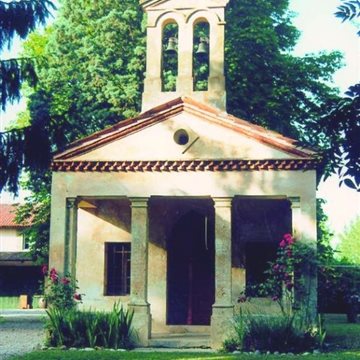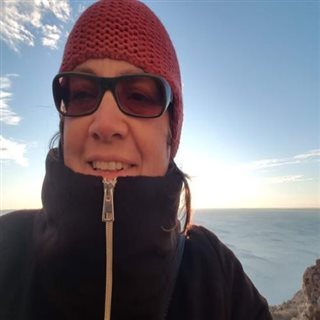 Lorenza Cesaratto
Lorenza Cesaratto
Aquileia, a treasure chest
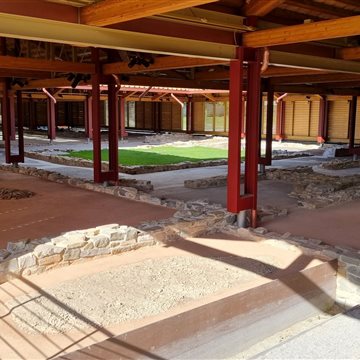



Now in its 26th edition, the contemporary art festival in San Vito al Tagliamento, near Pordenone, this is one of the oldest shows of its sort, where past and future meet. Palinsesti 2017 runs from 11 November to 7 January 2018 and boasts a rich programme. I visited the three venues of the event with great satisfaction, thanks to my guardian angels, Giada Centazzo and Michele Tajariol. I have come across intriguing, dissonant stimuli, which in the transition from concrete material to creative idea, a message of change, have reawakened inner motives and offered an alternative to convulsive shopping. First stop of the tour was to the Antiche Carceri Asburgiche, registered as a dwelling in the Napoleonic land registry. After a series of locks, padlocks, security doors and low ceilings, we came to the Cage of Dreams, made of galvanised steel and oak. The interior has been well restored. A low door leads to each cell, now hosting the projects of the Premio in Sesto, each well lit, positioned and described. Their purpose: to stimulate openness between international art and the region. For the first time, three artists from cities in Europe twinned with San Vito were invited. The work most voted by the public will be produced and will remain on permanent display in town.
Mathilde Caylou of France has depicted the river Tagliamento, working on blown glass with smoothing effects and metal elements. It stimulated the idea of ??transparent dynamism, of surprises in me; of life in evolution.
The German Kai Richter has assembled forgotten building materials, forming impossible structures with props, sleepers, concrete. A dive into the past of my childhood.
A sportier visitor might prefer the white spherical shape by the Hungarian Peter Szaldy, which also represents the molecular structure of carbon.
The same cell also contains the graffiti of the prisoners: boats, locomotives, churches; dreams of escape, perhaps. What a feeling as I left, walking on those narrow stone steps up to the first floor!
The second stop was at the castle, a mighty building in the city centre, the former seat of the Patriarchate of Aquileia and home of the aristocratic Altan family, restored with its frescoes and large rooms. It hosts the collective exhibition project Mirabilium Archiva. A window sticker anticipates the sensations of wonder combined with archival methods. I was truly amazed to see pears immersed in forms of resin, blocked from becoming life, and yet generating stringy formations like transparent jewels. The work of floating islands in honey by Carlo Vidoni makes me feel an uncontrollable desire to sniff the residual sweet scents from the immersed combs: the smell of wax is still intense. A chaotic tangle of roots and branches fills and overflows from a space on the piano nobile: a connecting link filling the limit of emptiness.
The work Anna Pontel, who has collected and classified the water of the Tagliamento in bottles, from the source to the mouth, each with a site tag, and placed them in a fireplace, was highly unusual. Using the different waters, she has mixed blocks of plaster that gradually change, like the claps, the pebbles in the river, and like our own identities.
Attracted by the scenes of roaring noises in the video entitled La memoria dell’acqua by Daniela Di Maro, I am struck by the grandiose image of icebergs and glaciers as they shatter: a scene of great natural loss. The technical effect uses human, warm written sentences, linked to an emotional loss, while the thaw of nature continues inexorably. The sands of Rachela Abbate depict the movements of the planets in a carpet that is untouchable to me and bears references to Arab astronomical studies. On the top floor, there was the stage for the performance by artist Michele Tajariol who on 7 January 2018 will execute Trilogia del doppio, with two dancers, sound, and a mechanical jewel. I had the privilege of having the presentation in person. Will the double find a uniqueness at the end of the first act? With the precious guidance of my guardian angels, the itinerary continued to the essiccatoio Bozzoli, a well-restored example of industrial archaeology, now shared with the Youth Project Services. In the permanent collection, there is Punto Fermo, for which twenty-one Friulian artists are realising the ambitious project of depositing material traces in the territory. The 2017 research focuses on the personal exhibition of Elio Caredda: the motif of life as a constant, in the sectioned rail, in the non-sense, in what comes from the sea, the aspiration that ennobles. I am there to explore the theme in persion. The event, supported by the Friuli Venezia Giulia Region, will remain open until 7 January 2018.
References: website www.palinsesti.org
Opening times: Sat. and Sun. 10.30-12.30; 15.30-19.00
Cultural affairs office 0434 833295
IAT Office 0434 80251
Find out about the ideas and offers for this experience in Friuli Venezia Giulia

 Lorenza Cesaratto
Lorenza Cesaratto

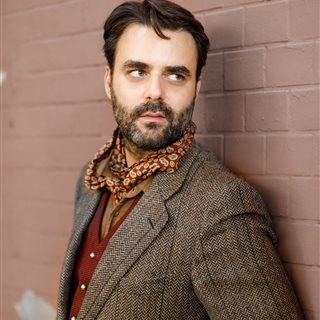 Giovanni Morassutti
Giovanni Morassutti

 Giovanni Morassutti
Giovanni Morassutti
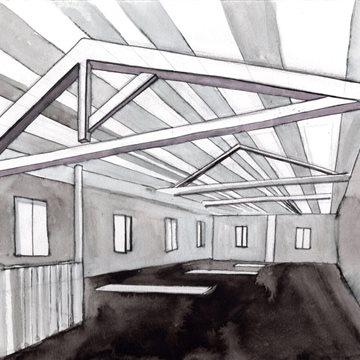
 Giovanni Morassutti
Giovanni Morassutti
